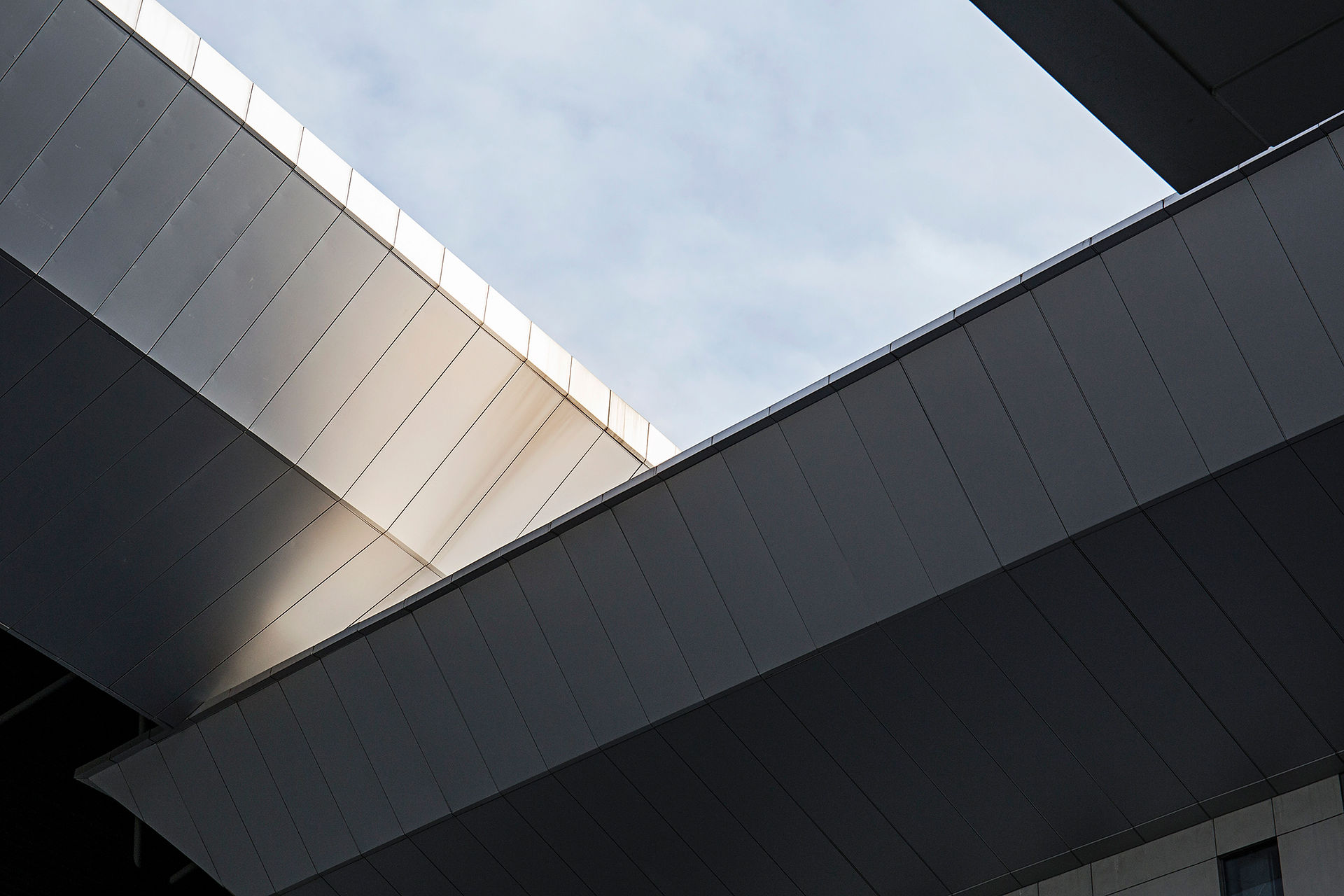Why We're Moving Towards Community-Led Architecture
- fayrose0
- Aug 27
- 2 min read

There comes a time in every designer’s career when they pause to ask: Who am I really designing for?
For me, that moment came not in the studio or on-site, but during quiet moments reflecting on the values that have always guided my work - integrity, loyalty, and service to others. These aren’t just words; they are part of my heritage, my upbringing, and my faith. As a Muslim woman of Lebanese descent, I’ve always viewed space as more than physical. It’s emotional, cultural, spiritual. And I’ve come to realise that I want to devote the next chapter of my architectural journey to designing with and for community.
The Shift: From Residential to Community-Centred Design
For years, I have worked on residential projects that served individuals and families -important, beautiful work that honed my technical skill and deepened my client relationships. But over time, I began to feel the edges of something deeper calling. I wasn’t just helping clients realise their dream homes - I was beginning to imagine what it might mean to help entire communities imagine spaces that support healing, dignity, identity, and future-making.
This is the heartbeat of community-led architecture: it’s not about imprinting a signature style or controlling a vision. It’s about listening. Deeply. With humility.
Designing with Faith, Culture, and Country in Mind
My Islamic roots have shaped a worldview that honours justice, compassion, and interconnectedness. In community spaces, these values come alive. Mosques, cultural centres, women’s shelters, youth hubs - these are places where architecture can become a vessel for care and empowerment.
This is also why I’m drawn to First Nations design thinking. Indigenous-led architecture teaches us that Country is not a backdrop but a living entity - a teacher, a guide, a collaborator. I deeply admire architects like Kevin O’Brien and practices like Kaunitz Yeung for their truth-telling work and deep respect for place and people. Their designs don’t just exist on land - they emerge from it.
In my own transition, I’m committed to learning from these principles and approaching every project with the humility to ask: What stories does this place hold? Who has been here before? And what does this community need from this space, right now?
This isn’t a pivot I take lightly. I’ve mapped a 5-year transition plan that includes further cultural learning, collaboration with Indigenous voices, stakeholder interviews, volunteering, and designing a portfolio of community-facing work. Every step is about slowing down, deepening my relationships with people and place, and remembering that true design leadership means knowing when to follow.
Looking Forward
In this new direction, I hope to create architecture that does more than impress. I want it to connect. To hold space. To make room for stories, ceremonies, laughter, resilience, and change.
Because when we design for community, we’re not just shaping buildings—we’re helping shape futures.
If you’re part of a grassroots group, council, or not-for-profit working on a community vision, I’d love to listen. Reach out. Let’s imagine together.
Fayrose Iali
Community-Led Architectural Designer. Rooted in Faith. Inspired by Culture. Guided by People.
Dharug Country
@fluxebuildingdesign




Comments